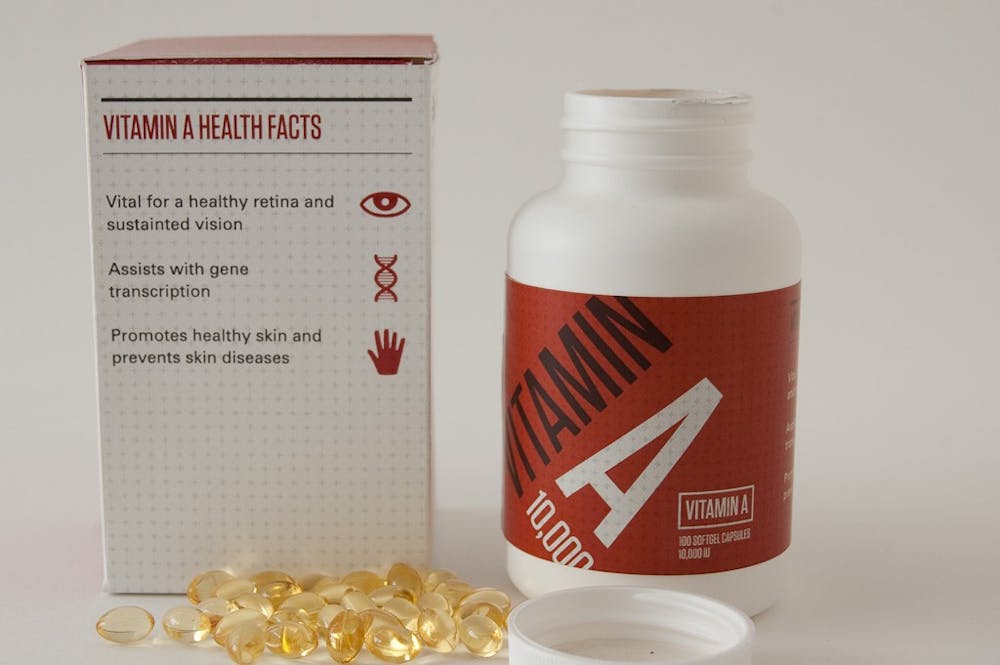Epidemiologists and medical professionals argue that the risk of a second wave of infection of the coronavirus (COVID-19) could outweigh any prospective economic gains.
Dr. Alfred Sommer, dean emeritus of the Bloomberg School of Public Health, gave a webinar entitled “Do You Really Want to Hear From an Epidemiologist at a Time Like This?” on this very topic last Thursday.
“From 1991 to 1998, the number of states with an adult obesity rate above 15 percent rose from three to 40. Now, if that’s not an epidemic, I don’t really know what is,” Sommer said.
He presented data from the Consumer Price Index (CPI), which represents the price of an average basket of consumer goods and services. He noted that while the average price of fresh fruits and vegetables has risen faster than the CPI, the average price of carbonated drinks barely rose. Additionally, according to the U.S. Department of Agriculture, the average American from 1990 to 2000 ate approximately 140 more pounds of food than they did in the previous decade.
“It takes that type of data collection from epidemiologists and those kinds of interventions to get people to really pay attention and to change,” Sommer said.
Sommer has experience with generating multinational interventions. Shortly after graduating from the Hopkins School of Hygiene and Public Health (later renamed to Bloomberg School of Public Health), Sommer showed that vitamin A deficiency led to serious deficiencies in immune system function.
He then went on to show that supplementing vitamin A with large pills given twice a year reduced maternal mortality by as much as 34 percent. As a result of his pioneering studies, the World Health Organization has designated vitamin A treatment as one of the most cost-effective interventions for improving public health.
In an interview with The News-Letter, Sommer described how two diseases he has seen with a comparable infectivity of the coronavirus are smallpox and cholera in South Asia. He also attempted to recall another time in his career when he had seen disruption on the scale of COVID-19.
“The only thing I can remember causing this much disruption was a tsunami in Bangladesh that killed 250,000 people in a night,” he said.
Sommer also expressed skepticism regarding the efficacy of hydroxychloroquine and azithromycin. Pointing to the relative lack of data supporting such drug interventions, he called for more extensive testing before the drugs were officially approved.
Sommer has firsthand experience with rushing ahead too quickly in treating a disease, as he chaired a committee showing that flu vaccines were up to 30 percent less effective than believed. The Center for Disease Control (CDC) claimed that the vaccine offered 90 percent protection against the flu.
According to Sommer, the number represented a comparison of the number of vaccinated people in the hospital due to flu to the number of healthy, vaccinated people on the street.
“But that study design was flawed,” he said. “Most people in the hospital were there because they didn’t get the vaccine, so of course less people with the vaccine would ultimately fall sick from the flu. We did a meta-review of all the literature out there and saw that the vaccine was only about 65 percent effective.”
Considering that the flu can kill up to 60,000 individuals a year, such a difference clearly indicated the need for more testing and iteration. The coronavirus’s mortality rate is nearly 10 times that of the flu, and it is even higher in vulnerable populations like the elderly.
Sommer was also hesitant to offer an approximate end point to the pandemic.
“To be honest, I don’t really think this is getting better any time soon, because we don’t have a vaccine yet. Often in viral epidemics, up to five-sixths of the infected people we see are asymptomatic. We still don’t know what the percentage is in America, and we won’t know until we do antibody tests on the population,” he said.
Studies done in Iceland have indicated that up to 50 percent of carriers of SARS-CoV-2, the virus that causes COVID-19, are asymptomatic.
Julie Messersmith, executive director of research at Hopkins, attended the webinar and shared her thoughts with The News-Letter after the meeting.
“It was honestly an incredible opportunity to hear from one of the top epidemiologists in the country,” she said. “It’s clear to me that we’re going to have to pursue non-vaccine strategies to contain this virus. With the convalescent plasma trials being run at Hopkins, a treatment for the disease could save millions of lives.”





